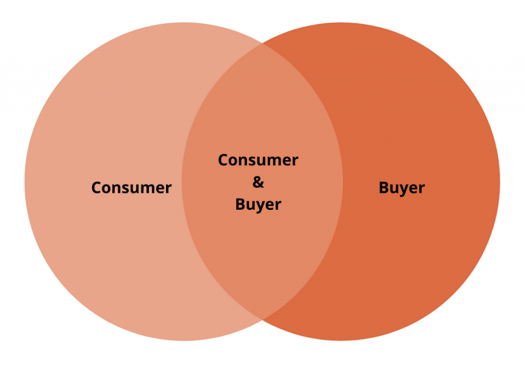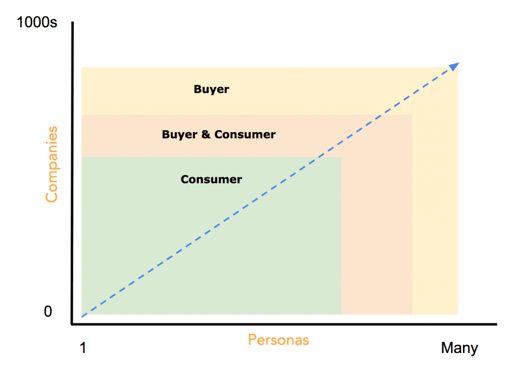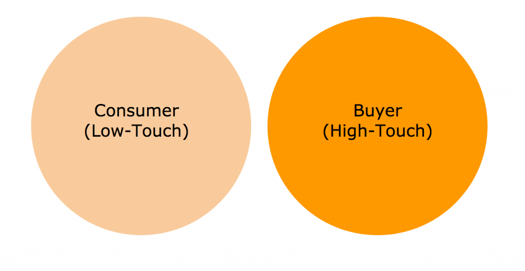In this episode of the GrowthTLDR, we have another Swipefile, as we discuss the shift from B2B to B2C2B go-to markets.
But what do we mean by B2C2B, and how do your go-to-market motions differ from traditional B2B?
We discuss how the rise in product-led growth has shifted focus from buyers to consumers of software, some of the more common B2C2B business models, and how you can successfully market to both your consumer and buyer.
In a recent edition of the Swipefile, we talked about the future of B2B marketing, and how we're going to see an increasing shift towards B2C2B go-to markets.
But, what do we mean by B2C2B?
A companies go-to-market is developed for the product consumer, the product buyer, or a mixture of the two.

In many cases, the consumer and buyer will be the same person. However, in many cases, particularly for larger companies, these will be different people with different roles, and with differing levels of experience with your product. The sales process becomes more complicated as you move upmarket.

The challenge with building a B2C2B go-to-market is some of the choices you make for consumers vs. buyers will differ across those go-to-market motions.
For example, when building a consumer-led model, you'll look to utilize low CAC acquisition channels like SEO, content marketing, virality. You'll likely invest in email nurturing and touchless onboarding and a low touch sales process.
For a buyer-led model, you're competing for the attention of a niche group of people. You'll need to invest in things like events, placements, analyst reports. The buyer will be less familiar with your product, so you'll need to engage them through things like a live demo, and a high-touch sales process.
In both scenarios, you want your LTV: CAC to be > 3 for the business to be profitable.
A broken product-led business model is where there is no overlap between your efforts to acquire consumers and buyers. What you've done is created two distinctly separate businesses, one low-touch, one high-touch.

It becomes increasingly difficult to maintain two separate go-to-market motions and find efficiencies of scale across both.
Product-led businesses that are successful with a B2C2B model are able to focus on acquiring a large percentage of consumers via high scale distribution channels like search, virality, paid, referrals, and then leverage those consumers to sell enterprise packages to companies who already have a lot of end-users on the product. Examples of these businesses would be Zoom, Loom, Canva.
In the podcast, we discuss the shift from B2B to B2C2B and common tactics these companies use to sell products both to consumers and buyers.

 iTunes
iTunes Stitcher
Stitcher Spotify
Spotify